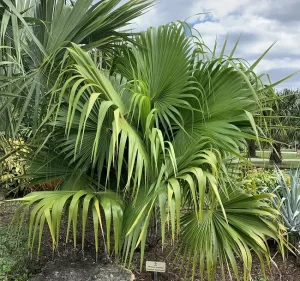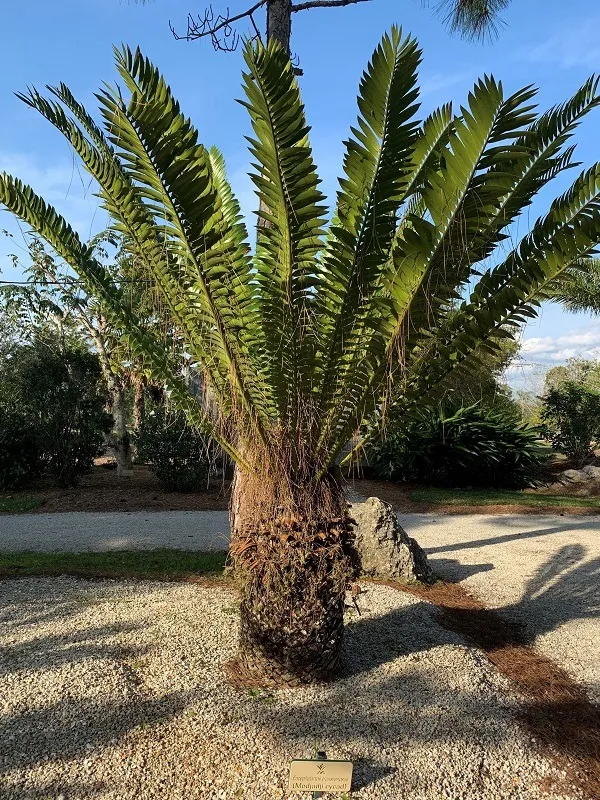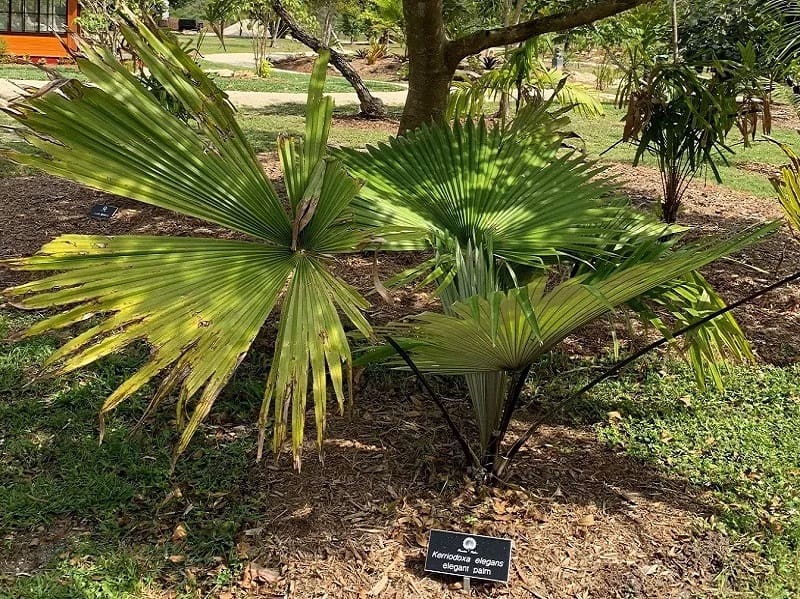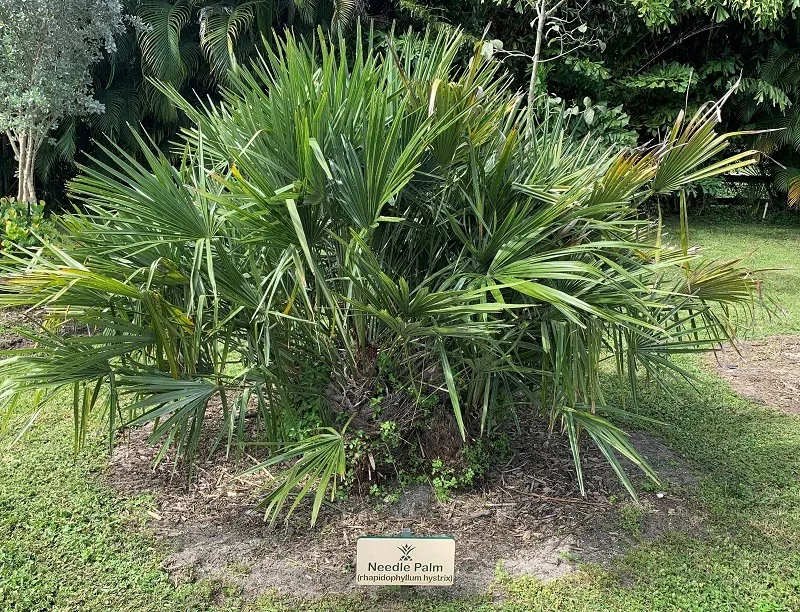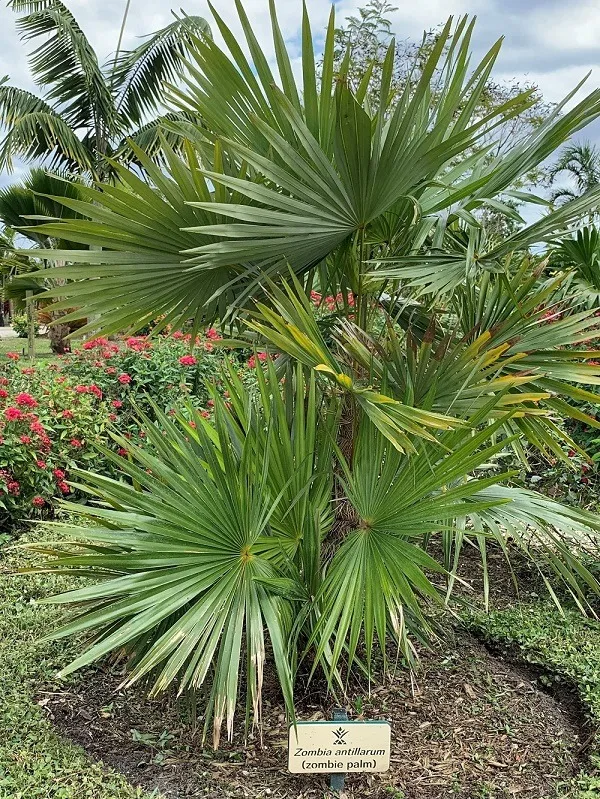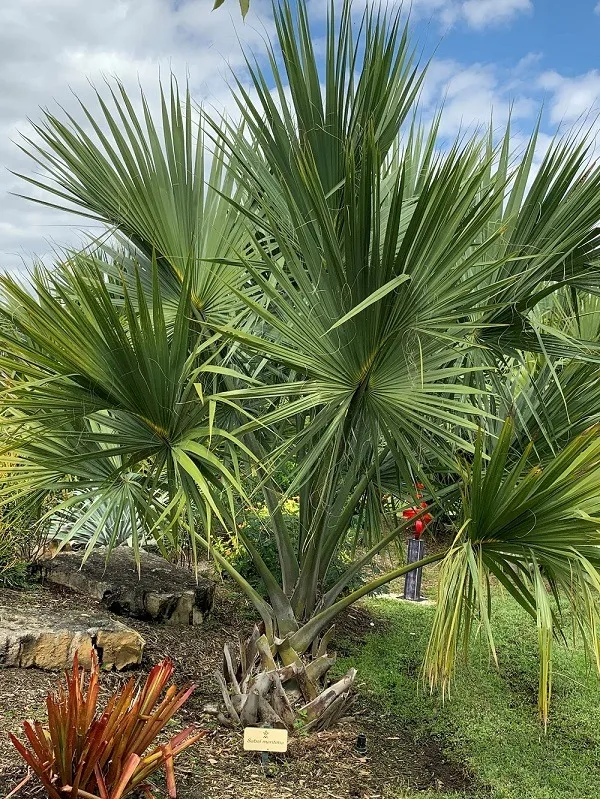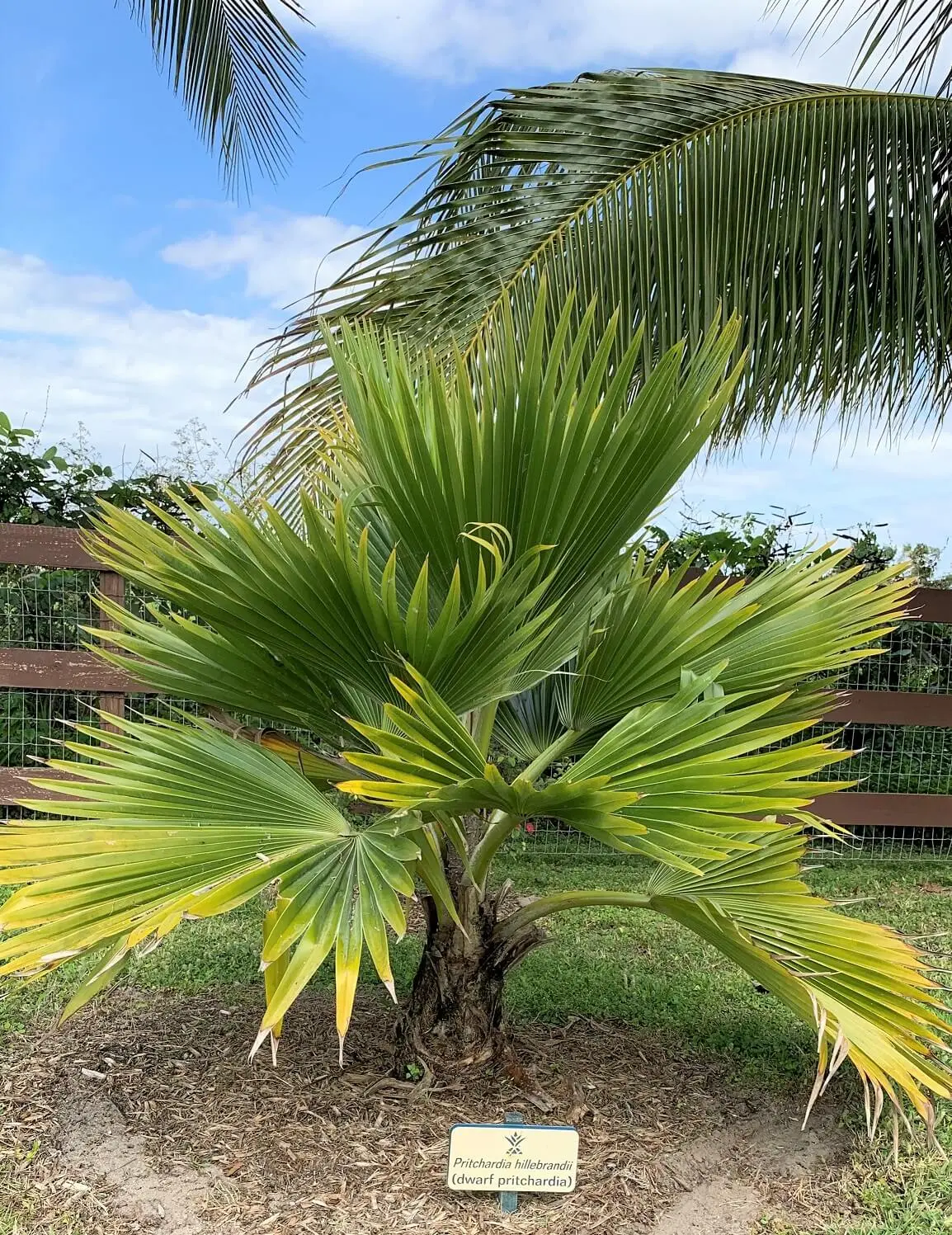JAMAICA
Jamaica, despite sharing some landscape similarities with its neighboring islands of Cuba and Hispaniola, stands out for its somewhat distinct botanical diversity. While not as extensively diverse as these neighboring islands, Jamaica still hosts a rich variety of palms and cycads that thrive in its unique environmental niches.
The island’s geographical terrain, though reminiscent of the surrounding regions, displays a notable difference in plant diversity. Despite this variance, palms and cycads have found their niche and demonstrate a remarkable ability to flourish in Jamaica’s specific climate and landscapes.
The distribution of these botanical wonders is intriguing, with a few palm and cycad species finding their home in the island’s mountainous regions. However, the most captivating presence of these plants lies in clusters along the picturesque and inviting beaches of Jamaica. These coastal areas offer an optimal habitat for these plants due to the sandy soils, ample sunlight, and moderate exposure to coastal elements.
The presence of these botanical treasures along the beaches contributes to the island’s aesthetic appeal, offering a picturesque backdrop to its already stunning coastal vistas. The palms and cycads not only add to the scenic beauty but also play a vital ecological role in stabilizing coastal areas and contributing to the biodiversity of these ecosystems.
While Jamaica may not boast the same level of overall plant diversity as its neighbors, the successful adaptation and proliferation of palms and cycads in its specific ecological niches speak volumes about the resilience and adaptability of these plants. Their ability to thrive in Jamaica’s beach clusters showcases their capacity to carve out a space within diverse ecosystems, contributing to the island’s natural charm and ecological balance.
Collection Includes
Acoelorrhaphe ♦ Coccothrinax ♦ Leucothrinax ♦ Pseudophoenix ♦ Rhapidophyllum ♦ Roystonea ♦ Sabal ♦ Serenoa ♦ Thrinax ♦ Zamia


